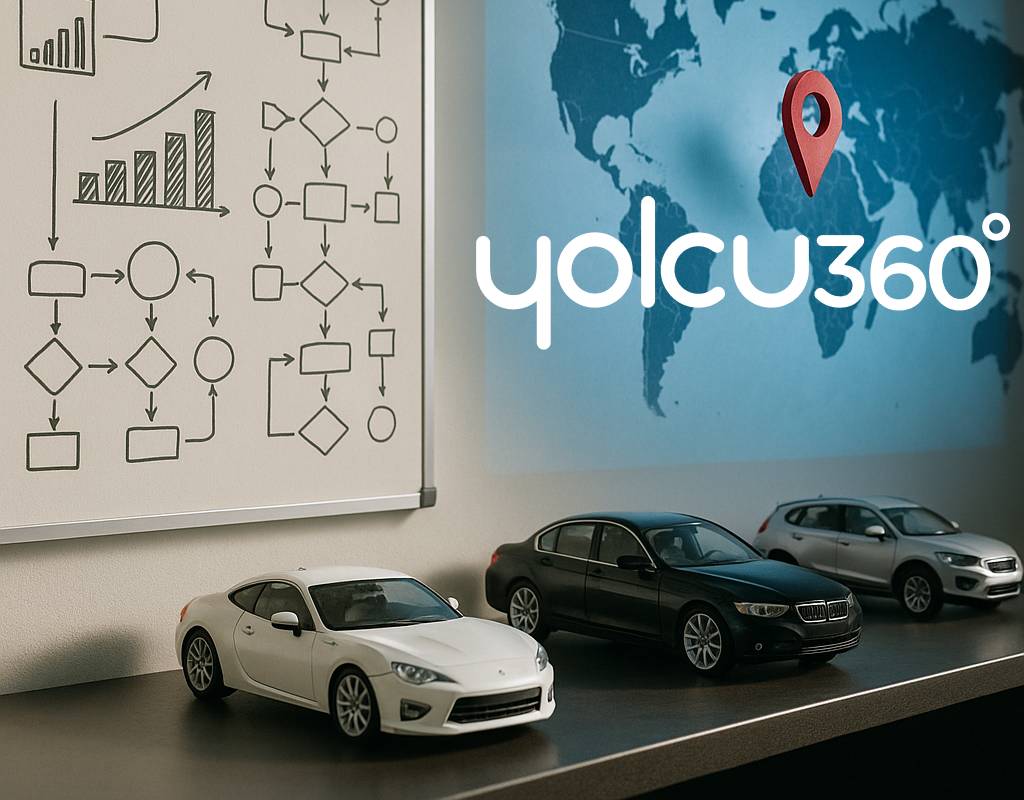In 2020, I stepped into the role of Chief Technology Officer at Yolcu360, a rapidly-growing car rental platform in Turkey. My main challenge: modernize our tech stack from a fragile monolith into something scalable, reliable, and easy to integrate with partners around the globe.
Here’s how that transformation unfolded—and what I learned.
🛠️ Breaking the Monolith: A Necessary Transition
When I joined, Yolcu360’s core was a single, monolithic booking engine. While initially effective, this setup was now hampering our growth, slowing down deployments, and complicating integration.
We transitioned to a microservices architecture, primarily using:
- Go for critical services, chosen for performance and reliability.
- Kubernetes for service orchestration and deployment automation.
Result?
A 20-fold increase in throughput and dramatic improvement in reliability.
🌍 Implementing GIS Without the Mapping Pain
Location accuracy is essential for car rental services. Instead of the typical and painful manual location-mapping process, we designed a GIS-based system that eliminated traditional mapping steps. It supported:
- 14 languages seamlessly
- Real-time provider integration
- Accurate location matching across thousands of providers
It cut onboarding time significantly and made the customer experience smoother and faster.
🤖 Launching a GPT-4 Powered Chatbot with Tool Use and UI Rendering
One of our most exciting projects was developing an AI-driven chatbot. Our chatbot was far beyond basic Q&A—it was operational, interactive, and powered by GPT-4, with tool use and UI rendering capabilities which was not offered by OpenAI at the time. We built both tool use protocol, api and domain specific markup for UI rendering.
- Streaming LLM chains for real-time, interactive conversations.
- Ability to dynamically render forms and UI elements right inside the chat.
- Could invoke APIs directly, such as fetching real-time availability or completing bookings.
This didn’t just automate interactions—it enhanced them.
📈 Monitoring and Observability: Elastic + Prometheus
Observability became a crucial part of our strategy. We shifted to a robust monitoring infrastructure using:
- Elastic Stack for logs and metrics visualization.
- Prometheus for real-time monitoring and alerts.
This combination gave us unprecedented visibility into performance, usage patterns, and errors, enabling proactive issue handling and continuous optimization.
🚧 Challenges and Learnings
Reflecting back, here’s what stood out:
- Transitioning from a monolith demands careful planning. Gradual migrations, not big-bang rewrites, are key.
- Chatbots are powerful tools—if their capabilities align directly with real operational needs.
- Good observability doesn’t just help operations—it drives product decisions and customer success.
This experience shaped much of my thinking for a new project. The ability to scale, integrate efficiently, and provide meaningful interactions is foundational—not just for car rentals, but for travel distribution at large.
Facing similar challenges or interested in these approaches? Let’s chat.
